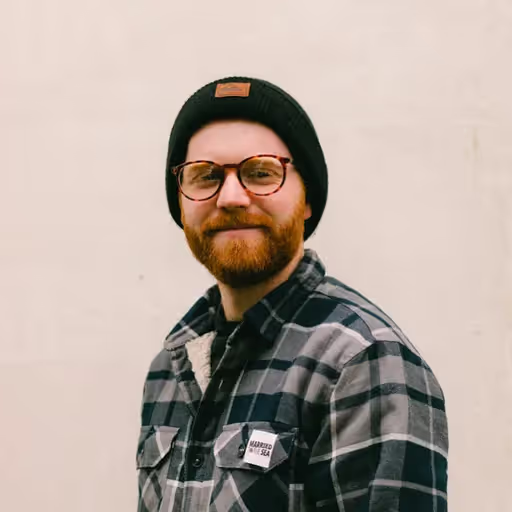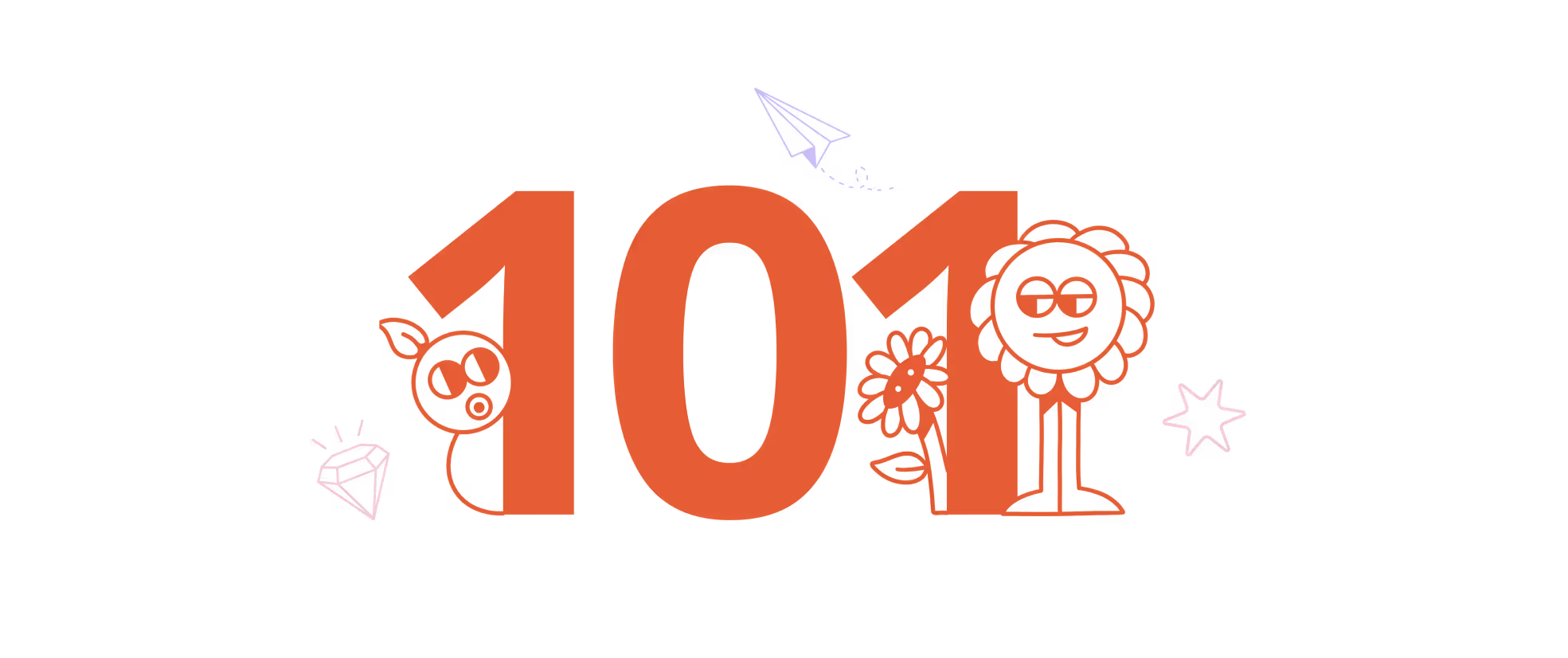Master the design brief: how to double your content creation in half the time
Today we’re going to make the unlikely comparison between a design brief and our favourite little woodland creature.

Max White
Copywriter & Strategist
Max is often found searching west-county coastlines for the perfect “right-hander”. We’re not sure what that means, but he seems to enjoy the never-ending hunt for waves. He also happens to be a pretty handy wordsmith.
Max White
Copywriter & Strategist
Beavers are what’s known as a “keystone species”, which means they’re at the core of their ecosystem working away to ensure everything falls into place just as it should. Without a good beaver, the plants don’t grow in the right places, the rivers overflow and the habitat moves out of balance.
We believe a good design brief functions just like a good beaver does. It’s the foundation of any great project – getting it right will save you thousands of dollars and months of your time.
In this article, we’re going to teach everything we know about crafting the perfect brief and working like a beaver.
So what is a design brief?
It’s a document detailing the scope and outcomes of a project, right?
Well, that’s part of it...
We believe a brief actually starts from the very first call you have with a design team. This is where you first explore your goals and needs, building trust and empathy between you and the design team and exploring the scope of the work needed.
The primary brief, therefore, isn’t a document, but a conversation that’s co-owned by the designer and client. The document that follows simply acts as a reference to these conversations and we always ask our clients to “brief the brief”, no matter how clear it may seem on paper.
The time taken to do this should reflect the scope of a project, whether that’s a two-minute call on a social asset, or a two-hour zoom to discuss a rebrand!
What are the benefits of a great design brief?
A run-of-the-mill brief looks to ensure that your expectations are met, your budgets kept intact and your schedules are stuck to.
But a great design brief goes much further.
Design agencies work their best when they can see the full picture. Their goal isn’t just to make something beautiful, but to create considered designs that reach your targeted audience, elevate your business in a competitive industry and maximise your return on investment.
They do this through a clear understanding of the functional and emotional benefits to your customer, a detailed analysis of your industry and a deep understanding of your brand story and vision.
So what exactly should you tell your designers?
Write the perfect design brief in 9 steps
- Give an overview of the project and your company.
Here you’ll describe your company, be as clear and open as possible, detailing key stakeholders, what your company is about and why you are looking for a designer to take on this project.
- Make it inspiring!
Designers are just like you, the more inspired they are, the better the work will be! So let a design team in on your mission and vision for your brand and share the inspiring imagery and examples that get your juices flowing!
- Write down your goals and objectives.
What exactly are you looking to achieve? New customers? Raise awareness? It’s key to be clear about your targetted outcomes and if possible, to make them measurable so that all parties are on the same page.
- Describe the product or service features and their benefits to your audience.
How does your offering differentiate itself in the market? What are your key selling points and what emotional benefits will these “features” give to your consumer?
- Key consumer message
When a consumer sees this project, describe how you would like them to feel and what key takeaways they should have.
- Research any key competitor campaigns and information
What is the competitive landscape the product/service is entering? Are you first on the scene, or do your competitors have similar offerings and campaigns?
- Attach your brand guidelines and supporting material
Do you have established design and brand guidelines? Has your internal team done any work so far on the project? Make sure all relevant work is ready to be evaluated by the design team.
- Identify your target market and audience
Who are your primary and secondary audiences? Do you have any geographic or demographic considerations that the design team should be made aware of?
- Set the budget and schedule
Work out the numbers and define the dates for key stages and the final completion of the project.
- Note down all deliverables
To the best of your ability, describe the creative and strategic outputs you're looking to have at the end of the project.
- Send it as a recorded video
With platforms like Loom, you can now record yourself “briefing the brief” and streamline the process even more. Not only is this an excellent way to get your information across, but it also allows a design team to see the passion you have for the brand and gives them a video to refer back to throughout each stage of the design process.
Our five top tips for a great brief
- Don’t just write it, discuss it and debate it.
- Work alongside your designer and agency to shape the creative brief and don’t be afraid to adapt and change from your initial ideas.
- Don’t be overly prescriptive, describe challenges with clarity but give room for a designer to work their magic creatively.
- Do some prior research to understand the market and the creative output that could bring you differentiation.
- Revisit your brief in the context of your wider organisation – does the proposal fit in with your brand values and vision?


